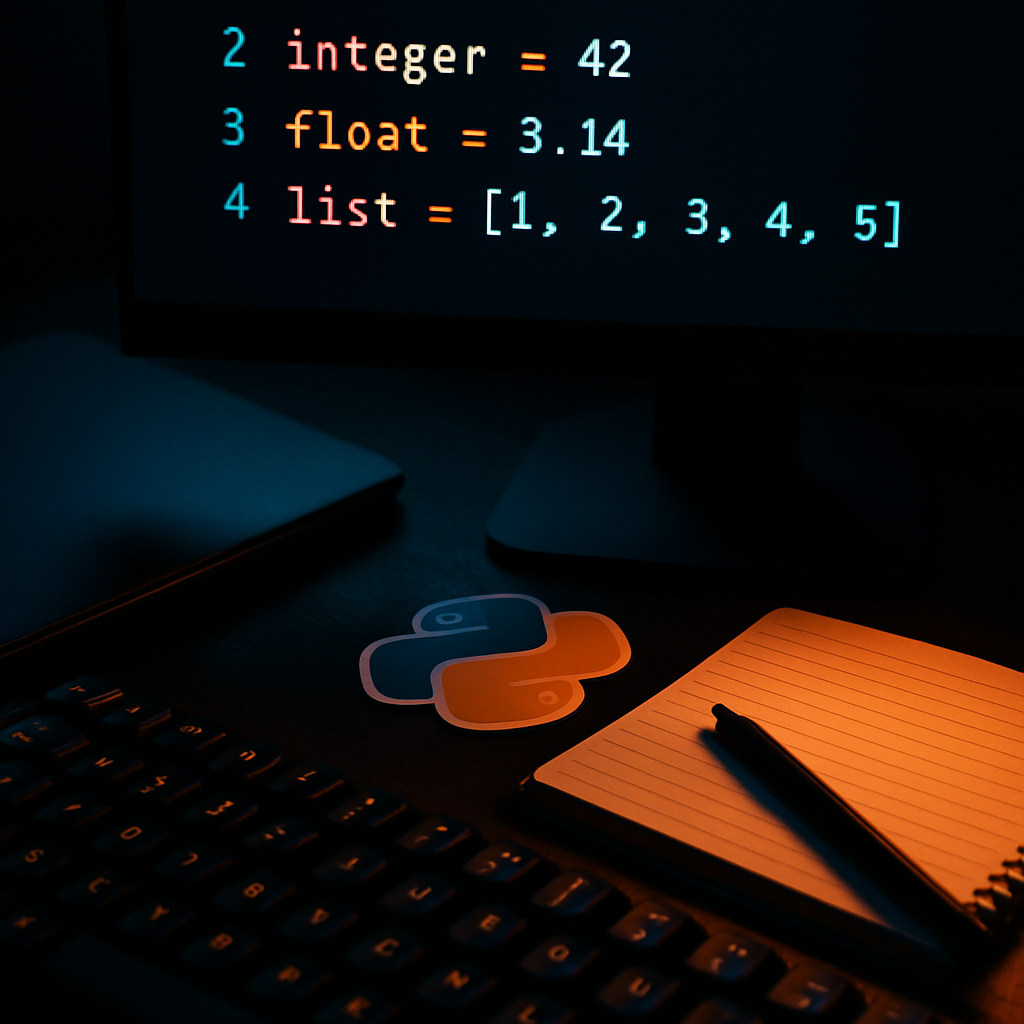Master Python Fast: Strings, Lists, Tuples & More Explained!
Dive into essential Python data types like strings, lists, and tuples to elevate your coding skills quickly and efficiently.
Understanding Python’s Basic Data Types
Python is a versatile programming language known for its simplicity and readability. At the core of Python’s functionality are its data types, which categorize and manage data in a way that’s easy to understand and manipulate. For text, we use strings, whereas integers and floats handle whole numbers and decimal numbers, respectively.
Grasping these basic data types is crucial as they form the foundation of more complex programming concepts. From string manipulations to numerical computations, understanding these fundamental types can significantly accelerate your Python learning journey.
Working with Collections: Lists, Tuples, and More
When it comes to grouping data, Python provides several types of collections that serve different purposes:
- Lists are versatile and can hold a variety of data types in an ordered sequence. They allow modifications, so you can add, remove, or change items easily.
- Tuples, on the other hand, are immutable. Once created, their content cannot be altered, which can enhance performance and reliability in certain applications.
- Sets are collections that contain unique items. They are particularly useful for removing duplicates and performing set operations like union and intersection.
- Dictionaries pair keys with values, making them perfect for storing data that needs quick retrieval based on a unique key.
Enhancing Efficiency with Slicing
One of Python’s strengths is its capability to allow efficient data access using slicing. Slicing enables you to select a subset of elements from a list or a string, offering great flexibility in data manipulation. For instance, by using a colon-separated format, you can designate a range of indices in a list or string, extracting just the parts you need.
Implementing slicing can drastically reduce the amount of code required for tasks that involve data filtering or segmentation, making it a valuable skill for any budding programmer.
Boost Your Python Skills Through Practice
It’s commonly believed that consistent practice is key to mastering Python. By regularly engaging with exercises that incorporate strings, lists, tuples, and other data types, you’ll not only boost your coding skills but also gain the confidence to tackle more complex programming challenges.
Many sources suggest starting with small projects or coding challenges that require efficient data handling. This approach not only solidifies your understanding but also prepares you for real-world applications.
Ready to take the next step in your coding journey? Begin by implementing these concepts in your projects, and watch your skills grow. Stay curious, keep coding, and join us for more insights on mastering Python in bite-sized pieces!

Leave a Reply